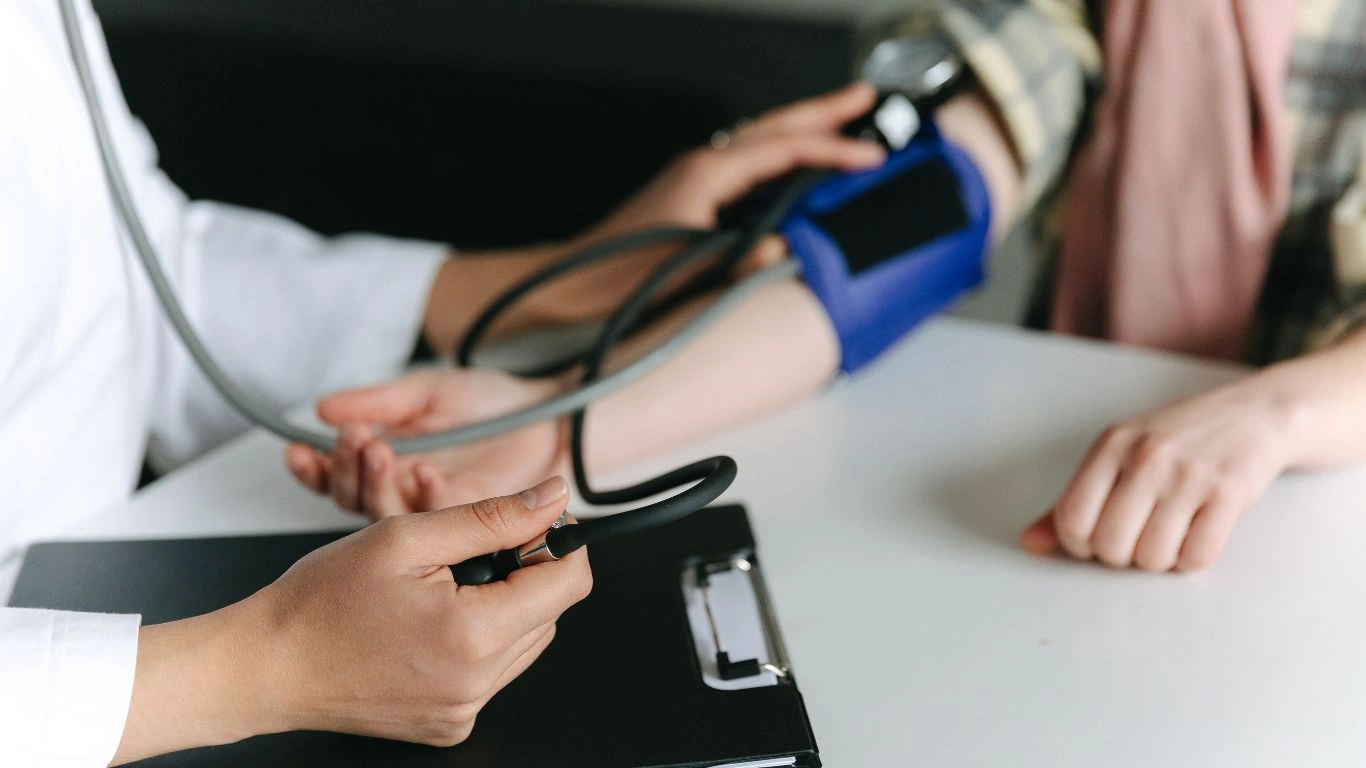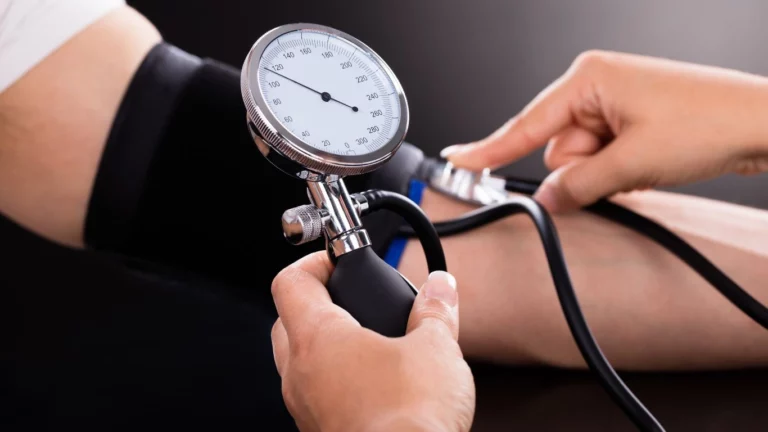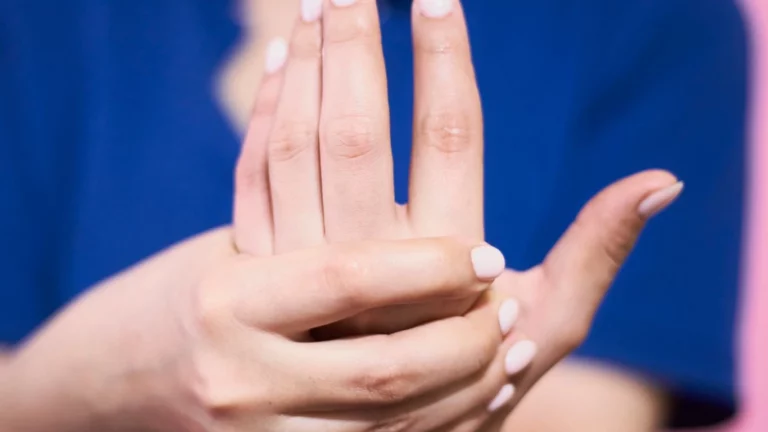Green Tea for Hypertension: A Natural Remedy to Lower Blood Pressure
As someone who has worked with countless patients managing hypertension, I’ve seen how small lifestyle changes can make a significant difference. High blood pressure, or hypertension, is often referred to as the “silent killer” because it doesn’t present obvious symptoms, yet it can lead to severe health complications if left unchecked. Fortunately, there are natural ways to support your blood pressure levels, and one of the most widely discussed options is green tea. But, what’s the real connection between green tea and hypertension? In this post, we’ll dive into the science behind how this humble beverage might just be a key player in helping lower blood pressure.
Understanding Hypertension and Why It’s So Important to Manage It
Before we get into the specifics of how green tea works, let’s first take a moment to understand what hypertension is and why it’s essential to manage it properly. Hypertension occurs when the force of blood against the walls of your arteries is consistently too high. If left untreated, it can lead to severe complications like heart disease, stroke, kidney damage, and more. In fact, high blood pressure is one of the leading causes of preventable deaths worldwide.
While some risk factors for hypertension are out of our control, such as age and genetics, there are plenty of lifestyle adjustments that can help lower your blood pressure. Things like maintaining a healthy diet, exercising regularly, reducing stress, and even drinking certain teas can play a significant role. Speaking of which, green tea has become one of the most popular natural remedies for a variety of health issues, including hypertension.

The Role of Green Tea in Lowering Hypertension
How Does Green Tea Help with Blood Pressure?
So, what exactly happens when you drink green tea? Well, studies have shown that green tea contains antioxidants, particularly a group called catechins. These are natural compounds that have been shown to help relax blood vessels, improve blood flow, and reduce inflammation—all factors that contribute to healthier blood pressure levels. Essentially, when you sip on green tea, you’re providing your body with a natural boost to help keep your arteries in good shape.
But the benefits don’t stop there. Green tea is also known to have a mild diuretic effect, meaning it helps your kidneys flush out excess sodium and water. This can lead to a reduction in the volume of fluid circulating through your blood vessels, which directly lowers your blood pressure. I’ve recommended green tea to many of my patients as a part of a well-rounded approach to blood pressure management, and many have seen improvements over time. It’s an easy addition to your daily routine that may have lasting benefits!

The Science Behind Green Tea’s Impact on Hypertension
One of the reasons green tea is so effective in lowering hypertension is due to its polyphenols, particularly epigallocatechin gallate (EGCG). This polyphenol has been studied extensively, and the research indicates that EGCG can improve blood vessel function, reduce oxidative stress, and enhance the health of your cardiovascular system overall. One clinical trial found that people who consumed green tea regularly experienced a modest reduction in both systolic and diastolic blood pressure. While it might not replace your prescribed medication, it can definitely complement other lifestyle changes to give you a better shot at managing hypertension naturally.
Furthermore, green tea’s ability to lower blood pressure is not just about the antioxidants it contains; it also has an effect on hormones related to blood pressure regulation. For instance, green tea has been shown to influence the release of nitric oxide, a molecule that helps relax blood vessels and improve circulation. The net result is a more balanced blood pressure and less strain on your heart and blood vessels. Again, this isn’t a magic fix, but it’s certainly a helpful tool in a broader health toolkit.
Additional Health Benefits of Green Tea
Aside from its positive effects on blood pressure, green tea offers a host of other health benefits that make it a smart choice for anyone looking to improve their overall wellness. From boosting metabolism to promoting better skin health, green tea’s antioxidants work on various aspects of your body. I’ve personally found that it helps with mental clarity and focus—something that’s invaluable when dealing with the stresses of daily life, which can sometimes contribute to higher blood pressure.
- Boosts metabolism: Green tea has been linked to fat-burning properties, which can help with weight management—a key factor in reducing blood pressure.
- Supports heart health: Beyond blood pressure, green tea also helps reduce LDL cholesterol levels, contributing to better overall cardiovascular health.
- Enhances brain function: The caffeine and L-theanine in green tea work together to improve cognitive function and mood.

How Much Green Tea Should You Drink?
If you’re considering adding green tea to your daily routine, you might be wondering how much is enough to experience its potential benefits. Most studies suggest drinking around 2-3 cups of green tea per day. However, the exact amount can vary based on your individual health goals and your body’s response. Personally, I recommend starting with one or two cups a day and gradually increasing the amount if it feels right for you. Keep in mind that green tea does contain caffeine, though in smaller amounts compared to coffee, so you’ll want to monitor how your body reacts, especially if you’re sensitive to caffeine.
Green Tea and Other Lifestyle Changes for Hypertension
While drinking green tea can certainly help lower blood pressure, it’s not the only change that can make a difference. In my years of working with hypertension patients, I’ve seen firsthand that combining green tea with other lifestyle adjustments can create a powerful approach to managing blood pressure. Think of it as part of a well-rounded health routine, rather than relying on a single solution.
For example, regular physical activity, a balanced diet rich in fruits and vegetables, and reducing sodium intake are all essential components of hypertension management. While green tea can support these efforts, it’s the overall lifestyle change that will give you the best chance at long-term success. I’ve noticed that when my patients make these changes, they often see improvements faster, and they feel better overall.

What Else Should You Consider When Incorporating Green Tea into Your Routine?
Potential Side Effects of Green Tea
As with any health supplement or remedy, it’s essential to be aware of any potential side effects that might arise from drinking green tea. Most people can safely enjoy 2-3 cups per day without issue, but it’s always important to listen to your body. I’ve had patients who experience mild digestive issues like nausea or upset stomach if they drink too much green tea, particularly on an empty stomach. If you’re sensitive to caffeine, you may also want to opt for decaffeinated green tea, as too much caffeine can cause jitters, headaches, or even increase your blood pressure in some cases.
Another thing to keep in mind is that green tea can interfere with certain medications. For example, if you’re taking blood thinners like warfarin, the vitamin K content in green tea could affect your medication’s effectiveness. Always check with your healthcare provider before adding green tea to your daily routine if you’re on medication, just to be safe. I always advise my patients to err on the side of caution and consult with their doctor if they’re uncertain about potential interactions.
Green Tea and Weight Loss: A Helpful Bonus
If you’ve been managing your blood pressure for a while, you probably already know that maintaining a healthy weight is key to controlling hypertension. Here’s where green tea can offer a little extra benefit: studies have shown that the catechins in green tea can help boost metabolism and promote fat burning. In fact, green tea has been linked to modest weight loss, which can, in turn, help lower blood pressure.
I often tell my patients that losing even a small amount of weight—whether through exercise, better dietary choices, or the help of green tea—can make a significant difference in their blood pressure readings. When combined with other healthy habits, green tea can act as a helpful tool in the journey toward a healthier weight and lower hypertension levels.

How to Make the Most of Green Tea for Lowering Blood Pressure
Best Types of Green Tea for Hypertension
Not all green teas are created equal, so it’s important to choose the right variety for maximum health benefits. In my practice, I’ve found that high-quality green teas, especially those that are rich in catechins like matcha, tend to offer the most substantial effects on blood pressure. Matcha, in particular, is a powdered form of green tea that contains concentrated levels of antioxidants and other beneficial compounds. It’s also a great way to enjoy green tea if you prefer a richer taste.
Other good options include sencha and gyokuro, both of which are rich in catechins and have a high antioxidant content. The key is to look for high-quality, loose-leaf green tea or tea bags that list the type of green tea clearly. If you’re unsure, check the ingredients or ask a knowledgeable salesperson at your local health food store. I always recommend purchasing from reputable brands that focus on quality over quantity, as that’s the best way to get the health benefits you’re after.
How to Brew Your Green Tea
When it comes to brewing your green tea, it’s not just about boiling water and dunking a tea bag. The temperature of the water plays a significant role in how the tea’s antioxidants are extracted. If the water is too hot, it can destroy some of the delicate compounds that are responsible for green tea’s health benefits. For the best results, aim for water between 160-180°F (71-82°C) and let the tea steep for 2-3 minutes. This will allow the catechins and other antioxidants to infuse into the water, giving you a tea that’s both delicious and beneficial.
Personally, I love starting my day with a cup of freshly brewed green tea. It’s a simple, calming ritual that not only helps boost my focus but also sets a healthy tone for the rest of the day. Whether you drink it hot or cold, taking the time to enjoy your green tea can become a calming ritual that’s both soothing and beneficial for
Integrating Green Tea into Your Daily Routine for Lasting Results
At this point, you might be thinking, “Okay, I’m sold on green tea. But how do I make it a consistent part of my day?” That’s a great question! In my experience, the key to making green tea a habit—especially when it comes to supporting blood pressure—is integrating it into your daily routine in a way that feels easy and natural. After all, when something becomes a part of your regular routine, you’re more likely to stick with it and reap the benefits over time.
Tips for Incorporating Green Tea into Your Day
One of the easiest ways to start is by replacing your morning coffee with green tea. I know this can sound a bit daunting, especially if you’re someone who relies on coffee for that caffeine jolt, but it’s worth considering. Not only does green tea provide a gentler, sustained energy boost due to its combination of caffeine and L-theanine, but it also packs in additional benefits like improving focus and mental clarity—without the post-caffeine crash. Over time, many of my patients have reported feeling more balanced and alert after switching to green tea, and I’ve personally noticed this shift myself.
If you’re not quite ready to ditch your coffee, that’s okay! You can still enjoy green tea as part of your afternoon routine, giving you a much-needed pick-me-up without the jitters that sometimes come from coffee. Another option is to drink a cup of green tea with lunch or dinner. This can help not only in managing your blood pressure but also in supporting digestion. I’ve found that drinking green tea after meals can be soothing, especially when it’s paired with a light, healthy meal.

Making Green Tea a Daily Ritual
Think of drinking green tea as a way to carve out a few moments of peace in your hectic day. I always encourage my patients to view it as a form of self-care, rather than just a health habit. There’s something calming about the ritual of brewing a fresh cup of tea, and this can help reduce stress, which—let’s face it—plays a big role in hypertension. Incorporating green tea into your daily routine can be a simple yet effective way to create a moment of calm amidst the chaos of everyday life. Trust me, those few minutes you take for yourself can add up, benefiting not only your blood pressure but your mental well-being too!
Other Natural Ways to Support Healthy Blood Pressure
While green tea is an excellent addition to your hypertension management plan, it’s important to remember that no single remedy is a cure-all. In my practice, I always emphasize the importance of a holistic approach to managing high blood pressure. Green tea is just one piece of the puzzle. Here are a few other natural strategies that complement the effects of green tea and support overall heart health:
- Reduce Salt Intake: Cutting back on sodium is one of the most effective ways to lower blood pressure. Aim for no more than 2,300 milligrams per day, and ideally, keep it under 1,500 milligrams if possible.
- Exercise Regularly: Aim for at least 150 minutes of moderate-intensity exercise or 75 minutes of vigorous activity each week. Activities like walking, cycling, or swimming can be highly effective for reducing hypertension.
- Increase Potassium Intake: Potassium helps balance the amount of sodium in your cells, and getting enough of it can help lower blood pressure. Foods like bananas, spinach, sweet potatoes, and beans are excellent sources of potassium.
- Practice Stress Management: Chronic stress is a major contributor to high blood pressure. Incorporating stress-relieving activities like yoga, meditation, or deep breathing exercises into your daily routine can help manage blood pressure levels.
- Limit Alcohol and Caffeine: Both alcohol and caffeine can cause temporary spikes in blood pressure. Moderation is key when it comes to both of these substances.

What the Research Says About Green Tea and Hypertension
Now, you might be wondering just how effective green tea really is when it comes to lowering blood pressure. Let’s take a look at some of the research. Numerous studies have explored the relationship between green tea and hypertension, and the results are promising. A 2013 meta-analysis of 13 randomized controlled trials found that green tea consumption was associated with a significant reduction in both systolic and diastolic blood pressure. Another study published in the American Journal of Clinical Nutrition in 2014 also found that drinking green tea regularly led to modest reductions in blood pressure, particularly in individuals with high blood pressure to begin with.
It’s important to note that while these studies show green tea can be helpful in managing hypertension, it’s not a substitute for other treatments, especially for those with more severe cases of high blood pressure. Green tea can be a great complementary strategy, but it should be part of a broader, multifaceted approach to hypertension management. I always stress to my patients that it’s important to follow your doctor’s advice and incorporate lifestyle changes that work best for you, including the potential benefits of green tea.
References and Resources
If you’re looking for more information on the benefits of green tea for blood pressure, check out some of these resources:
Disclaimer: The information provided in this article is intended for informational purposes only and is not a substitute for professional medical advice. Always consult with your healthcare provider before making significant changes to your diet, lifestyle, or treatment plan, particularly if you are taking medication or have underlying health conditions.










